SHILLONG, OCT 13: A 10-member expert committee headed by Principal Chief Conservator of Forest (PCCF) & HoFF BK Lyngwa will soon come up with a comprehensive action plan for restoration of polluted water-bodies in Meghalaya.
The committee was constituted on June 23 in compliance with a High Court order to advise the state government on measures for restoration and protection of water-bodies in the state.
It will also advise the state government on latest technology and methods used for cleaning and rejuvenation of water-bodies.
However, the seven rivers which include Umkhrah, Umshyrpi, Umtrew, Lukha and Myntdu – which are being dealt with by a river rejuvenation committee – have been excluded from the purview of this committee.
Also 53 wetlands which are being taken care of by the Wetland Authority and over 60 rivers are also kept out of its purview.
After chairing the second meeting of the committee, Lyngwa said, “We are in the process of formulating the action plan and of course the question of funding will come later on – it will be identified on a need basis and as when situation demands. The action plan will be site specific to every river and will cover the whole state except those water-bodies in the wildlife protected areas, reserved forests and water-bodies dealt with by the State Wetland Authority and River Rejuvenation Committee and the fish ponds.”
He added: “The action plan – will be divided in four categories – one will be of an advisory in nature, second will be of a regulatory nature, third will be of a participatory nature and fourth will be of a restoratory in nature.”
Lyngwa also informed that the committee is in the process of asking the deputy commissioners for information about such water-bodies.
Some of the districts have furnished the information where 9 water bodies have been identified in East Jaintia Hills, East Garo Hills – 26, South Garo Hills 12, North Garo Hills – 24, South West Garo Hills – 12, West Garo Hills – 12.
The other districts however submitted the information but they have clubbed together too many fish ponds and due to which it is giving distorted figures and the committee has decided not to take the information into consideration.
“Therefore, we have given 10 days’ time for these districts to submit the required information as per format (given to them),” he said.
The chairman further informed that studies will also be carried out in two seasons – dry and rainy seasons – for collection of baseline data related to pollution and others. It is expected to be completed within 6 months.
When asked if the committee would also take up water bodies located in the coal belt districts of the state, Lyngwa said, “The government has already taken action through a pilot project which was successfully carried out in the Lukha river and now we are replicating that on a larger scale. However, if there are any rivers having acid mine drainage (AMD) issues which are not covered by the river rejuvenation committee, we will definitely take it up.”
Meanwhile, expert member Nababrata Bhattacharjee said over 10,000 water-bodies have been listed in the earlier report submitted by the districts before the committee was constituted. However, the majority were shown as “fish ponds”.
“However, the committee has decided not to consider the fish ponds (as water-bodies) and minus them, we feel the number will come to few hundreds. Once the exact total number comes, we will come up with prescriptions on how to go about it,” he said.
Bhattacharjee, who is also chairman of the State Expert Appraisal Committee, said that a format has been sent to all the deputy commissioners giving parameters on how they should identify water-bodies, which are affected, polluted and contaminated.
He said the deputy commissioners have also been asked to open a helpline sort of by using Whatsapp for involving stakeholders to ensure efforts of the committee do not confine within the four walls of a room..
“We want the people to be involved (in the process) as water-bodies are assets of the state and if these are getting polluted it will be a catastrophe,” he added.
According to him, the primary objective of the committee is to ensure convergence among the stakeholders and eliminate overlapping due to the presence of too many authorities and expert bodies.
Therefore apart from the deputy commissioners, the district committees will comprise members from line departments like Urban Affairs, Soil & Water Conservation, Basin, Water Resources – so that there is synergy to come up with a holistic action plan for each district.
By Our Reporter

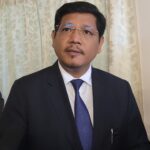
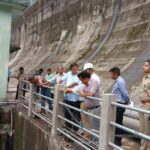
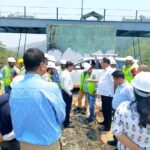
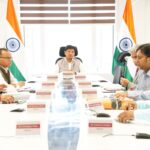

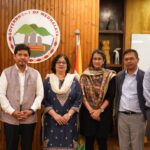

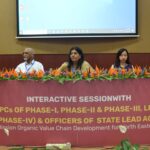

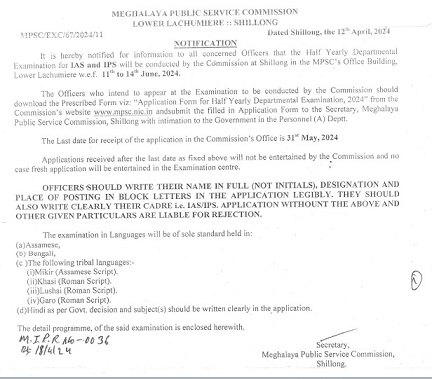
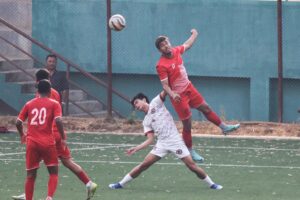
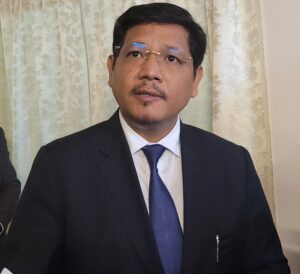
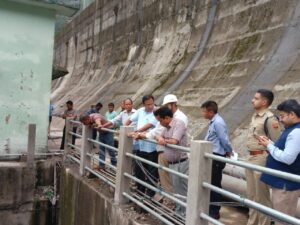
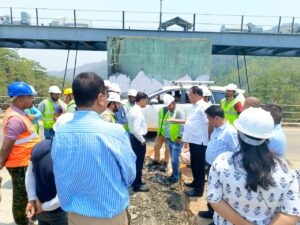
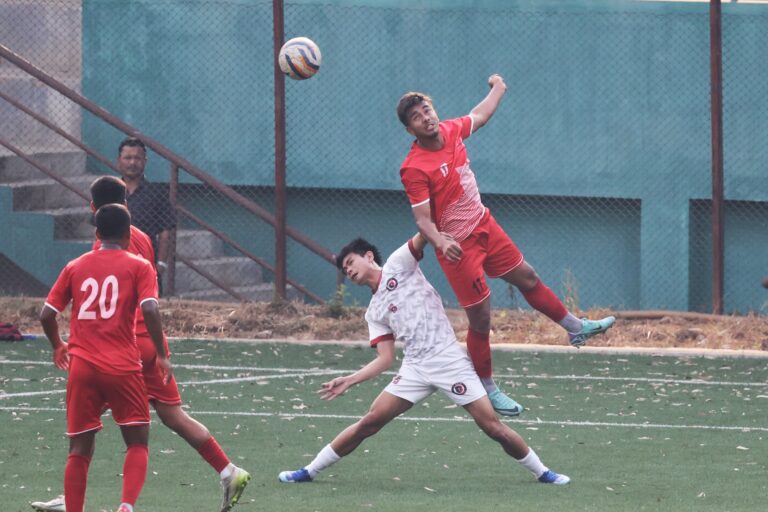
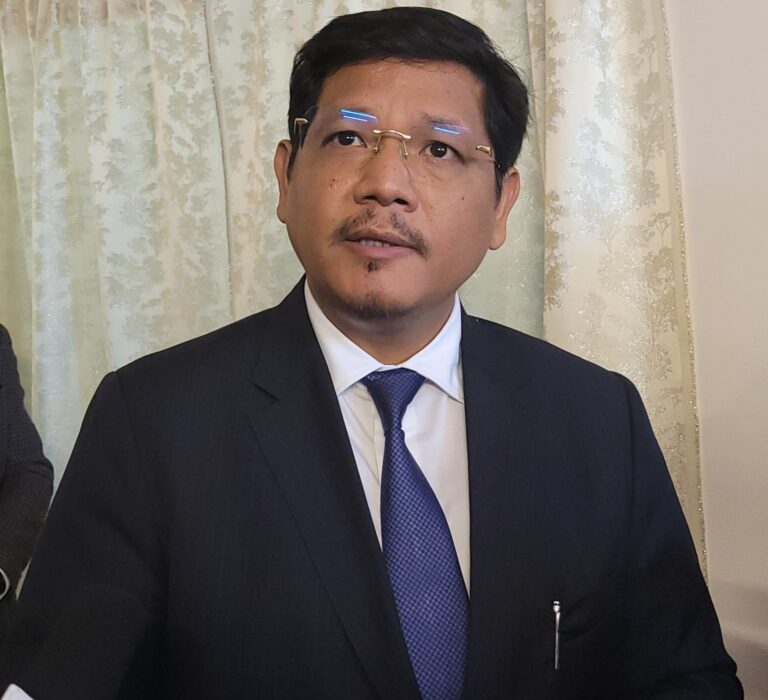

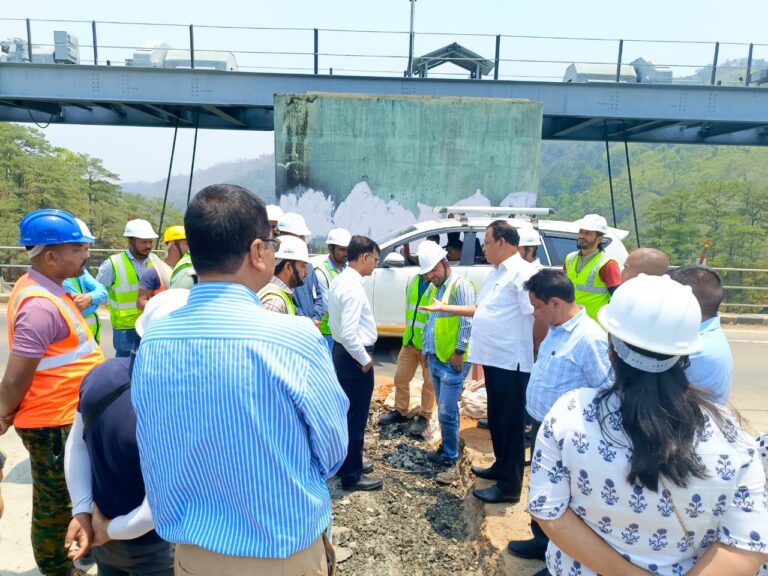
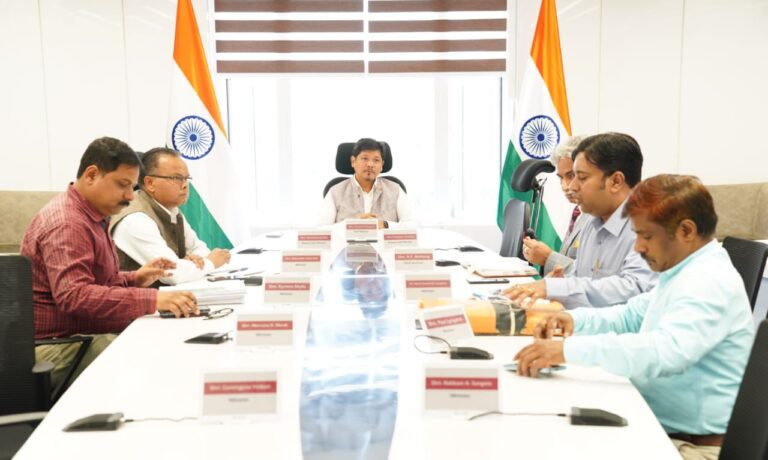
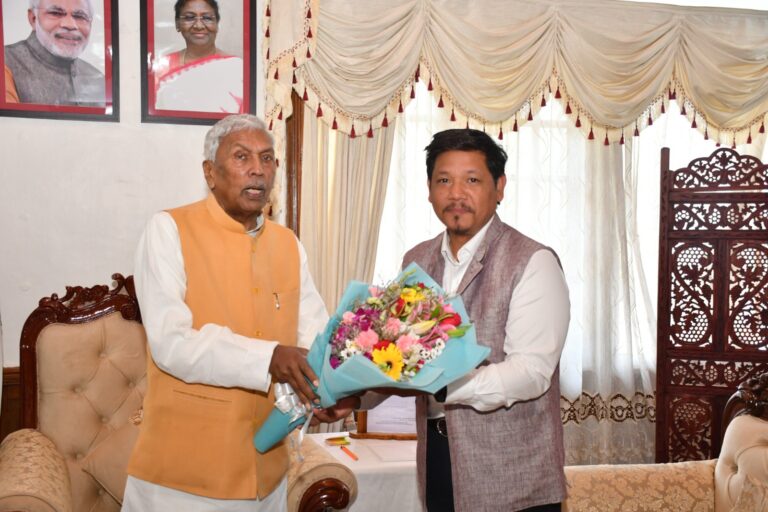
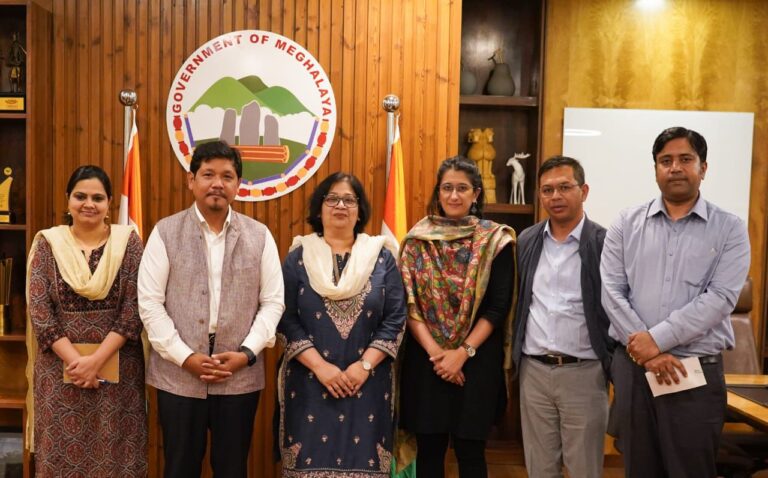
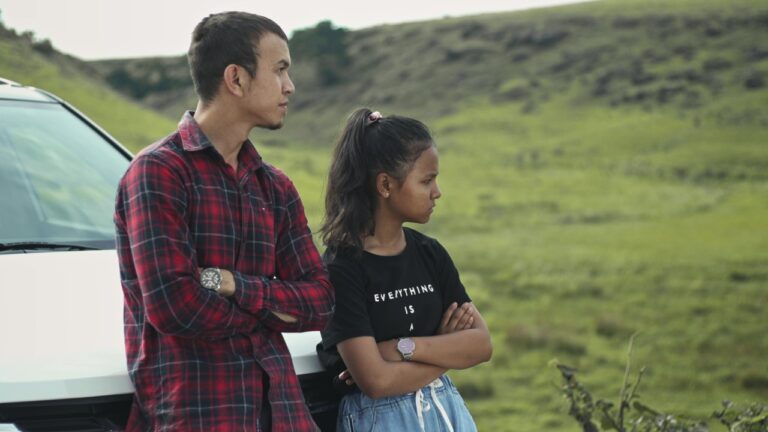
+ There are no comments
Add yours